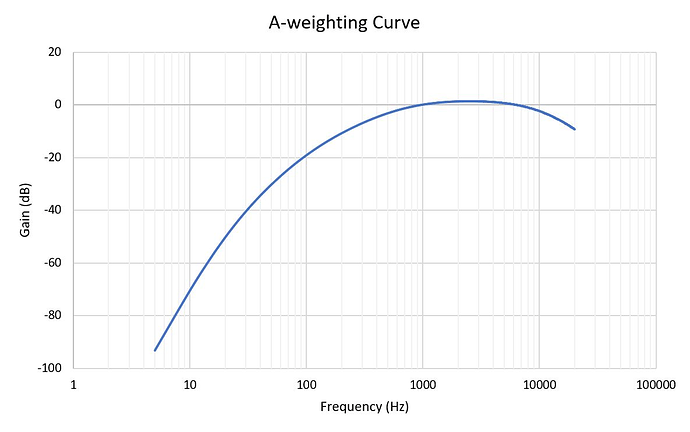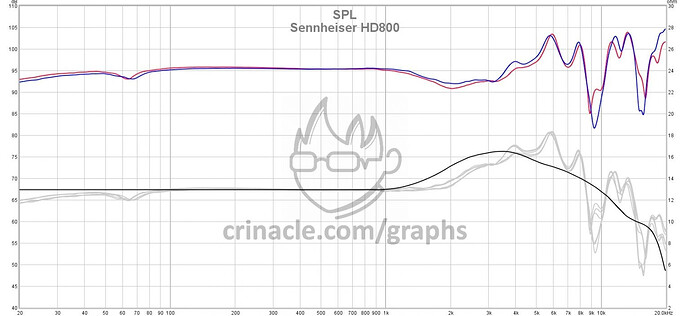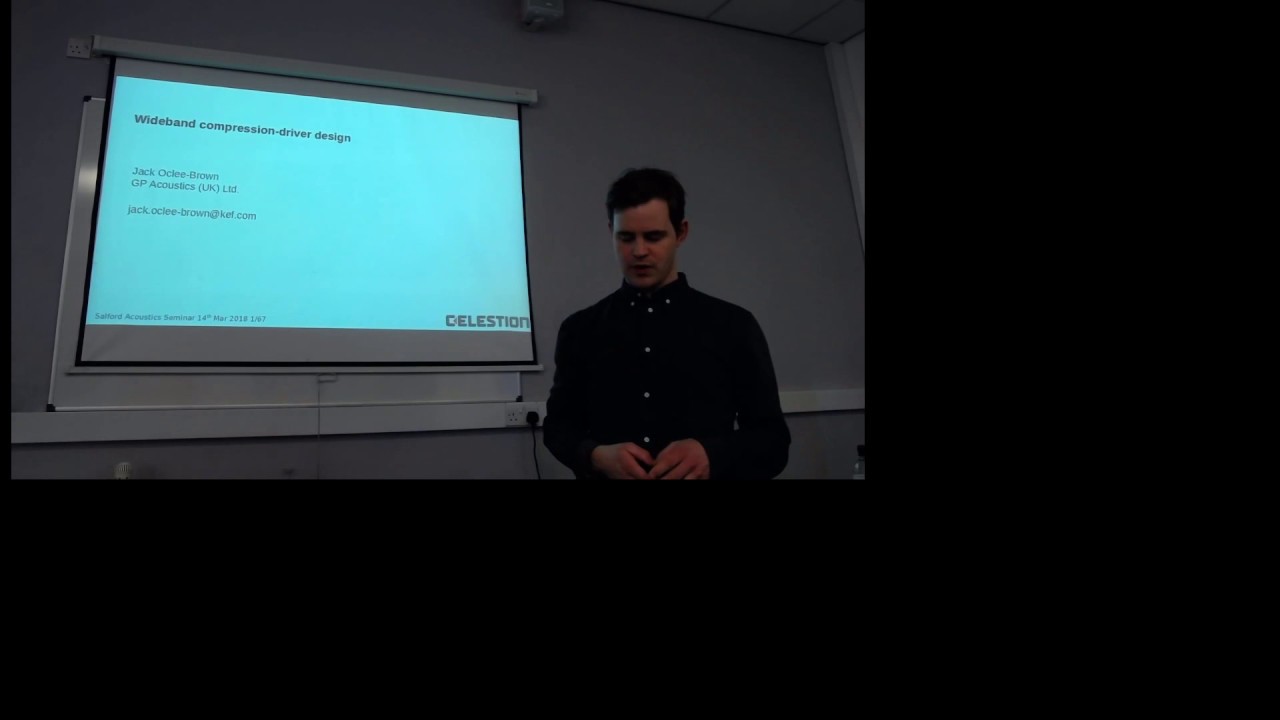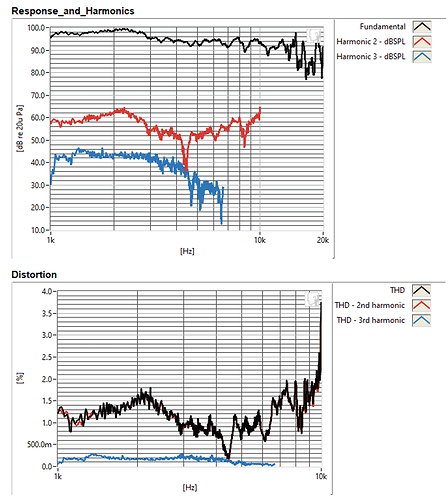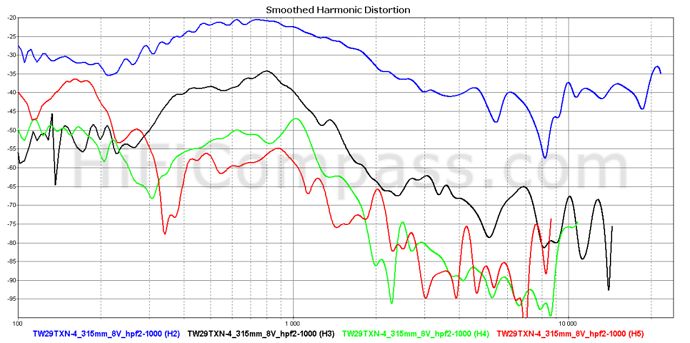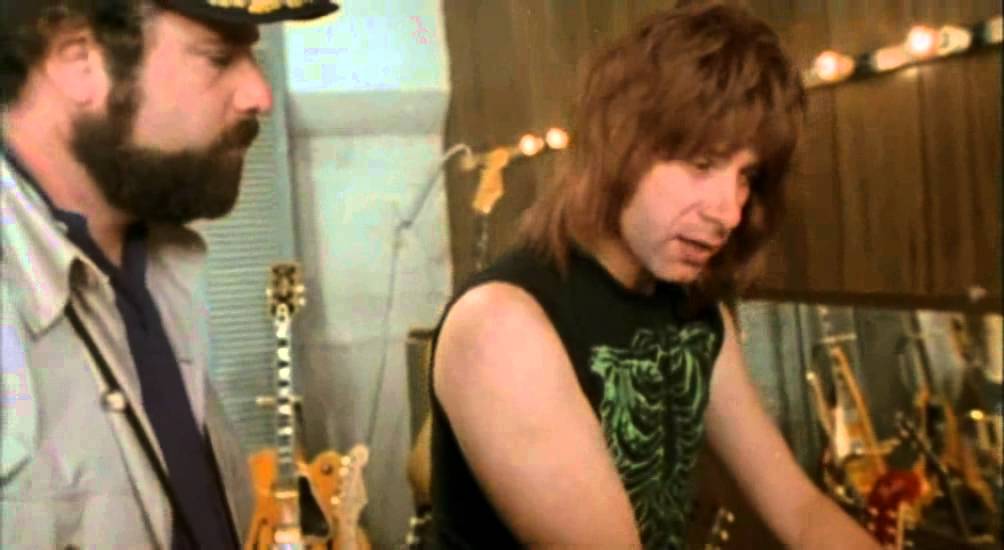first of all @kimkardashian that is a quality thought experiment you came up with - i approve !
that 1" dome tweeter is very nice. rated at 96 db but it’s a 4 ohm so really it’s 93 db if it was 8 ohm, but 93 db is still very high for a regular dome tweeter. high efficiency is probably due to combination of large magnet, underhung design ( lighter VC ), wide surround contributing to radiating area and exotic materials in the dome itself for lower mass. $300 for such a high end design seems a fair price ( nobody owes you a superior product at non-superior price ) while on the other hand the improvement versus a good $30 dome will likely be small - this is what happens when you’re up against a wall of diminishing returns.
anyway using this handy calculator:
we note that 8V is 2.8 times 2.8V, so 9db higher than 96db or 105 db. so let’s say both drivers operate at same SPL ( 104 vs 105 ) to keep things simple. i also checked and indeed they are both priced similarly as well, so this is a valid comparison. same price, same SPL - good work on experiment design !
now as for distortion they’re also both remarkably close at around -40 db or 1% THD for both of them …
and yet their distortion profiles are very different, as you might expect …
for the 1" dome distortion is low above 3 khz, but rises dramatically below 3 khz and would go much, much higher without the high pass filter …
for the compression driver there is NO HIGH PASS FILTER in place … despite this distortion does not exceed 2% even as low as 1 khz … instead it takes off above 6 khz … why is that ?
well actually this is a very well known characteristic of compression drivers. i learned about it by reading this paper by JBL ( let me know if the link doesn’t work - for me it automatically downloads the PDF instead of opening it, which is fine though - just open it from the disk ):
https://jblpro.com/en/site_elements/tech-note-characteristics-of-high-frequency-compression-drivers
but basically Compression Drivers ( CD ) have an additional distortion mechanism that regular drivers don’t have and it is actually the dominant distortion mechanism in CD …
in regular dome and cone drivers the main distortion mechanisms are nonlinearity of motor and suspension, but due to horn loading in CD the movement of diaphragm is so small that those distortion mechanisms become almost negligible …
unfortunately a new distortion mechanism comes into play in CD … namely the volume and pressure of the compression chamber are constantly changing as the diaphragm moves and this modulates the output …
what makes this distortion mechanism unique compared to the ones you are more familiar with is that instead of increasing at lower frequencies it increases at higher frequencies …
and this is because horn loading is stronger at higher frequencies …
additionally above a certain frequency, called Mass Break Point which JBL puts at around 3.5 khz the driver begins to lose efficiency, which i assume is due to diaphragm no longer being pistonic …
thus CD distortion rises with both frequency and output level and the way to reduce it is to increase the surface area of the driver …
however only the surface area next to the voice coil actually counts because at the frequencies where CDs produce distortion ( high frequencies ) they don’t operate pistonically …
this is why modern CD designs use polymer ring diaphragms instead of titanium domes …
a ring has surface area on both inside and outside of VC thus effectively doubling surface area … at the same time it eliminates the center area of the dome which only works at lower frequencies where CDs already have very low distortion … this center area only contributes to HF breakup and harshness and eliminating it results in a smoother top end without significant reduction in overall output of driver except at very low frequencies …
however at very low frequencies ( like 500 hz ) the output is mainly limited by horn dimensions than by compression driver anyway … horns that can hit 500 hz are very large and expensive and aren’t practical, thus advantage of a 4" titanium dome CD over a ring radiator are moot in practice …
when amplifiers became cheap the industry has given up on using horns for midrange. first midrange compression drivers became obsolete and currently HF dome CD are becoming obsolete and replaced with ring radiator CDs. this allows for slimmer cabinet designs and smoother top end.
the final boss of this CD evolution is the dual radiator JBL driver with two 3" voice coils. this effectively QUARUPLES the surface area ( two voice coils with radiating area on both inside and outside each ) for the lowest distortion possible.
so read that JBL paper i linked and remember - while for regular drivers distortion is minimized by increasing surface area for compression drivers it is minimized by increasing voice coil size. this is because regular drivers move pistonically at frequencies at which they produce highest distortion ( low frequencies ) but compression drivers don’t operate pistonically at frequencies where they produce highest distortion ( high frequencies ) thus it is no longer about overall diaphragm area but just the area next to the voice coil … which is maximized by using larger VC diameter, radiating surface on both inside and outside of VC and finally in case of JBL D2 by using two voice coils and diaphragms …
also note that BMS and B&C coaxials don’t have that same benefit because only the smaller of their voice coils is the tweeter coil while the larger one is the midrange … with JBL both coils are 3" and both run full range …
of course the JBL driver is optimized for line arrays which have to fight HF dissipation over long distances in rock concerts while BMS and B&C are more optimized as point source drivers for smaller venues …
so both JBL and BMS coaxial CD drivers are good but JBL D2 is more of an SPL monster with limited midrange extension while BMS coaxial is more of a wide-band driver with lower midrange reach.
the point here is you can’t just swap a regular dome with a CD - they have a different nature and each has to be understood separately. but overall a modern CD is a more capable tool than a regular dome tweeter.
remember most of the really bad CD distortion will be at highest frequencies at which distortion is completely inaudible for two reasons:
1 - 2nd harmonic of anything over 8 khz or so and third harmonic of anything over 5 khz or so will pretty much go into ultrasound region …
2 - our brains cannot detect pitch of very high frequencies - we can only tell that the sound is there, but we cannot tell what it is …
that is not to say that CD distortion is inaudible. quite the contrary. CD distortion is extremely unpleasant when a small CD is driven to high levels. cheap PA speakers use CD with small voice coil diameters and when those get cranked in a bar with drunk people distortion can get very high …
that doesn’t mean that with larger VC and more reasonable output levels you can’t have low distortion in a CD at frequencies that count the most ( upper midrange )
furthermore with a CD you can cross much lower, even with a ring radiator that intuitively looks like it probably doesn’t have enough surface area - but the horn loading will make up for that lack of are AT LOW FREQUENCIES so long as the horn is large enough.
basically with CD you will have to re-think how you design the speaker but ultimately you will be able to achieve higher performance.
and if you just look at JBL D2 vs BMS Coaxial vs Celestion Axiperiodic you can see how much flexibility there is in CD design …
JBL D2 > maximum output / lowest distortion with focus on HF
Celestion Axiperiodic > high output, low distortion and midrange extension
BMS Coaxial > wide bandwidth
you can also use different horns and different DSP which means that in the end you can do pretty much anything you want …
and that’s not even going into 3D printing custom V-Dosc arrays LOL
whereas with regular dome your only option is a good $30 dome or a slightly better $300 dome that is 90% the same …
well, with a regular dome you could remove the faceplate and replace it with a 3D printed waveguide so that would be interesting too …
but with a CD the entire system is optimized together whereas with a regular dome you’re just slapping a waveguide on top of it …
it’s kind of like Formula 1 is designed from ground up with Aerodynamics in mind and while you can slap a spoiler on any car it won’t really benefit from it to the same extent …
